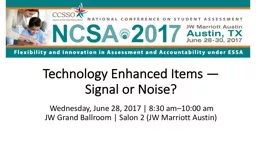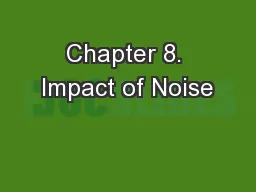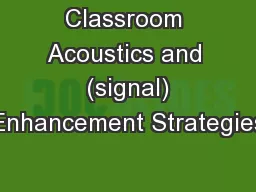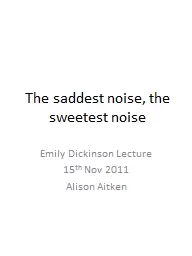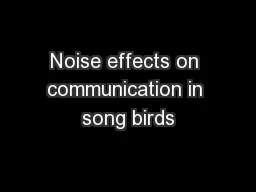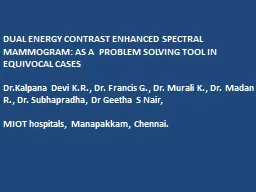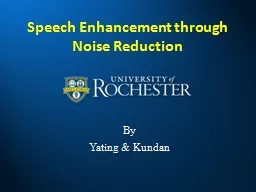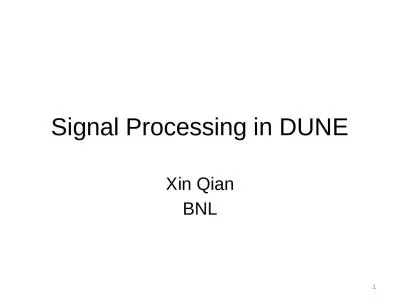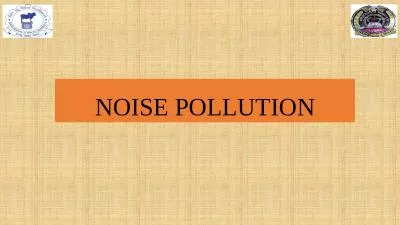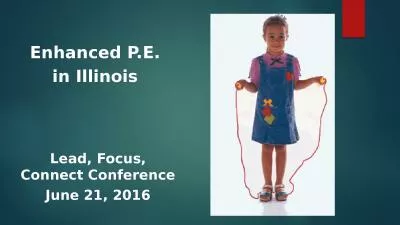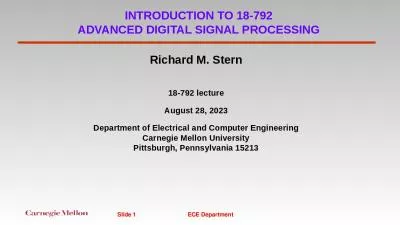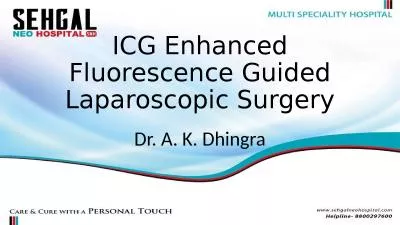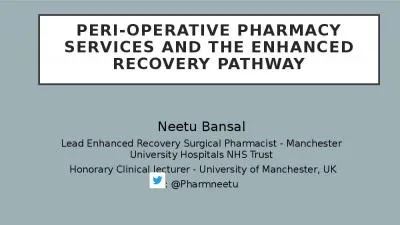PPT-Technology Enhanced Items — Signal or Noise
Author : alida-meadow | Published Date : 2018-11-01
Wednesday June 28 2017 830 am1000 am JW Grand Ballroom Salon 2 JW Marriott Austin Presenters 3 Catherine Welch Univ of IowaITP Jon S Twing Pearson Wayne
Presentation Embed Code
Download Presentation
Download Presentation The PPT/PDF document "Technology Enhanced Items — Signal or..." is the property of its rightful owner. Permission is granted to download and print the materials on this website for personal, non-commercial use only, and to display it on your personal computer provided you do not modify the materials and that you retain all copyright notices contained in the materials. By downloading content from our website, you accept the terms of this agreement.
Technology Enhanced Items — Signal or Noise: Transcript
Download Rules Of Document
"Technology Enhanced Items — Signal or Noise"The content belongs to its owner. You may download and print it for personal use, without modification, and keep all copyright notices. By downloading, you agree to these terms.
Related Documents

